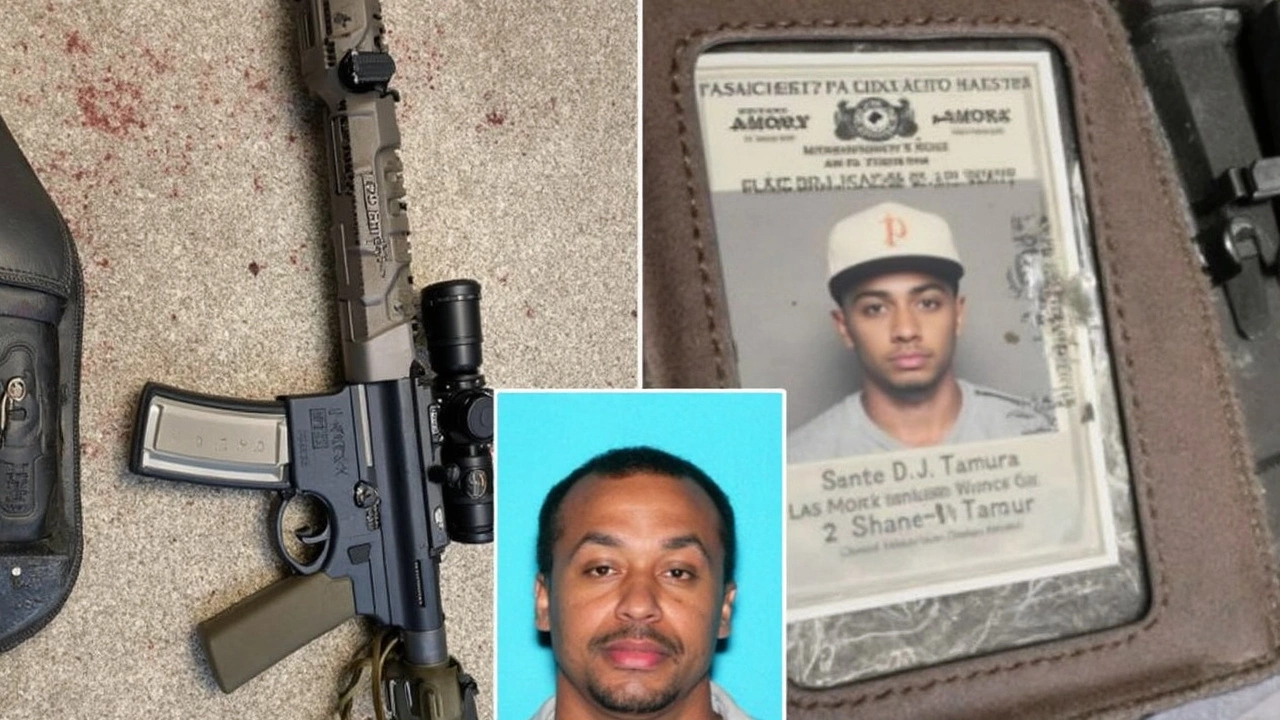Chaos Strikes Midtown: The 345 Park Avenue Attack
On July 28, 2025, the usual hum of Midtown was shattered as Shane Tamura, a 27-year-old former Southern California football standout, carried out a mass shooting inside the high-rise at 345 Park Avenue. Clad in body armor and wielding a AR-15 rifle from Palmetto State Armory, Tamura entered the 44-story building just after sunset, heading straight for the 33rd floor. That’s where the bloodshed began—he killed four people, including off-duty NYPD officer Didarul Islam and Blackstone executive Wesley LePatner, before ending his own life.
According to police, Tamura moved quickly and with chilling purpose. Witnesses described a scene of panic as shots echoed through hallways and people scrambled for cover or tried to flee down stairwells. Emergency responders rushed into action, sweeping each floor to find survivors and clear the building. Subway lines were diverted, and entire blocks were cordoned off as thousands of New Yorkers grappled with piercing sirens and confusion in the streets. The obvious tactical method—body armor, choice of weapon, and the direct targeting—pointed to calculated planning rather than a random burst of violence.
Unraveling Tamura’s Path and Motives
Details about Tamura’s journey before the shooting make the whole event even more unsettling. His car was tracked crossing state lines—from Colorado, through Nebraska, Iowa, New Jersey, and finally arriving in New York City just hours before the rampage. Tamura held a concealed firearms permit from Las Vegas and lived in a private, gated community there. Investigators searching his car and personal belongings found a handwritten note referencing CTE—chronic traumatic encephalopathy—and the NFL. That mention, together with Tamura’s past as a disciplined high school football player at Granada Hills Charter School, shifted attention toward his mental state and possible long-term effects from his football days.
For those who once knew him on the football field, Tamura’s name had always meant determination, not instability. Former teammates remembered the hours he practiced, his focus, and his ability to keep cool under pressure. Now, the note referencing CTE—known to affect athletes with repeated head trauma—raises questions about whether football-related brain injury could have played a part in his unraveling. There's talk among authorities and mental health experts about the need to look deeper into connections between sports injuries and violent outbursts, especially with tragedies like this.
Early reports had pegged his rifle as an M4-style, but police later confirmed it was a civilian AR-15 variant. He had clearly prepped for confrontation. The body armor and methodical clearing of the targeted floor showed that Tamura didn’t just act on impulse—he had mapped out his intent. Investigators also found he studied the building’s layout and had probably chosen the 33rd floor because of its big-name tenants: Blackstone, NFL, and KPMG—companies carrying big weight in finance and entertainment.
In total, the attack left four dead, one critically injured, and several with minor injuries from the chaos of escaping. The incident reignited debates on gun control, workplace safety, and lingering mental health issues from contact sports. While the police investigation continues, the city and its shaken residents are left piecing together how a promising athlete reached such a destructive end—and whether the warning signs could ever have been spotted in time.
